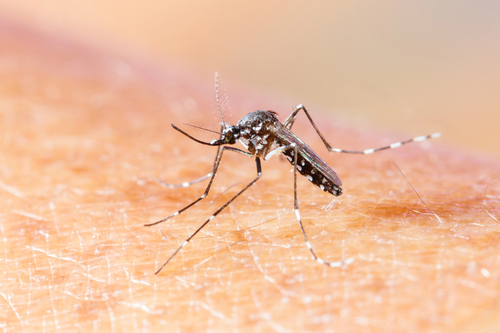
Is it merely déjà vu, or is the globe really embroiled in another chikungunya epidemic? The World Health Organization is sounding the alarm, and the reason is good: “We are witnessing history repeating itself,” warned Dr. Diana Rojas Alvarez, tracing today’s epidemic back directly to the massive 2004–2005 epidemic that swept from tiny Indian Ocean islands to the rest of the world. This year, however, the jackpot is even bigger with 5.6 billion individuals in 119 nations now residing in regions at risk for this mosquito-borne disease.
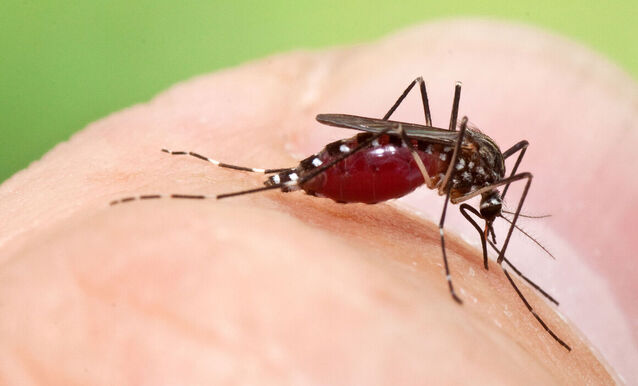
1. The Outbreak of 2025: Whispers of the Past, Premonitions for the Future
The latest wave of chikungunya struck early in 2025, targeting familiar ground: La Reunion, Mayotte, and Mauritius. Dr. Rojas Alvarez reported that about a third of the population of La Reunion already has been infected. The virus is not slowing down it’s now breaking out in Madagascar, Somalia, Kenya, and ravaging Southeast Asia, including India. What’s new here? Europe is in the sights, with around 800 imported cases in France since last May and locally transmitted cases in some southern French departments, and a recent case in Italy. “However, it is not yet too late to stop further transmission and dissemination of the virus,” appealed Dr. Alvarez to all concerned, requesting them to take immediate action.
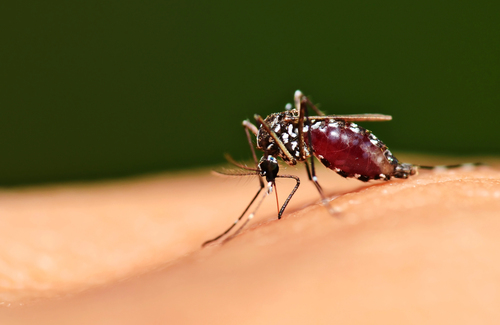
2. The Aedes Mosquito: Urbanization’s Unwelcome Guest
The real perpetrator of the swift transmission of chikungunya is the Aedes mosquito Aedes aegypti and Aedes albopictus, or the so-called “tiger mosquito.” Active in urban areas and daytime biters, their numbers are booming due to the rapid pace of uncontrolled urbanization, dense population, and man-made habitats.
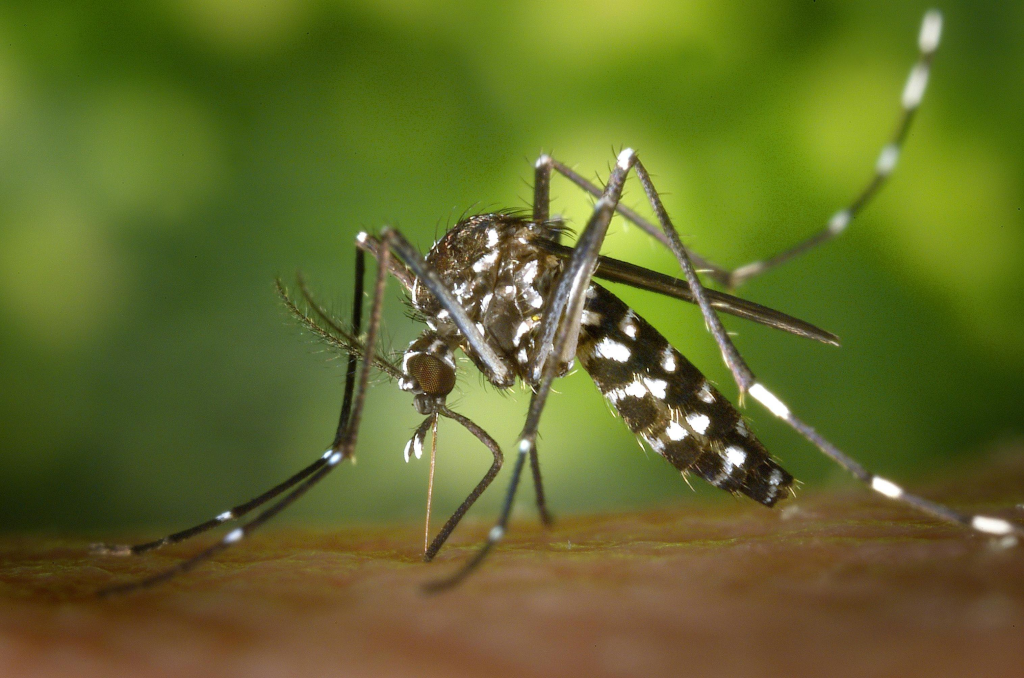
Research indicates that densities of over 1,000 individuals per square kilometer show a drastic increase in mosquito-borne disease. The mosquitoes prefer to lay eggs in flowerpots, buckets, tires, storm drains, and even in decorative plants. Nine water breeding pools in Miami cities alone account for 80% of all immature Aedes aegypti mosquitoes.
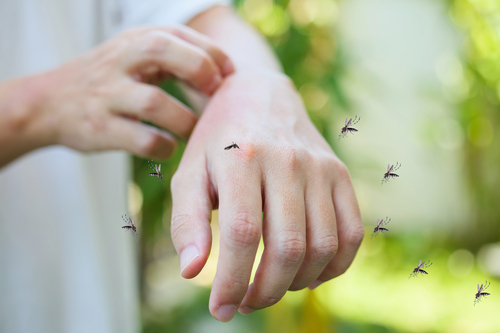
3. Why Outbreaks Are Getting Harder to Control
It is challenging to control Aedes mosquitoes. Chemical spraying has resulted in widespread decades-long insecticide resistance, and they are masters at finding obscure or inaccessible breeding areas. As a review put it, “Many chemical tools seem to have reached the end of their effectiveness as a stand-alone strategy.” That is why integrated strategies blending environmental management, community action, and focused interventions are the gold standard these days.
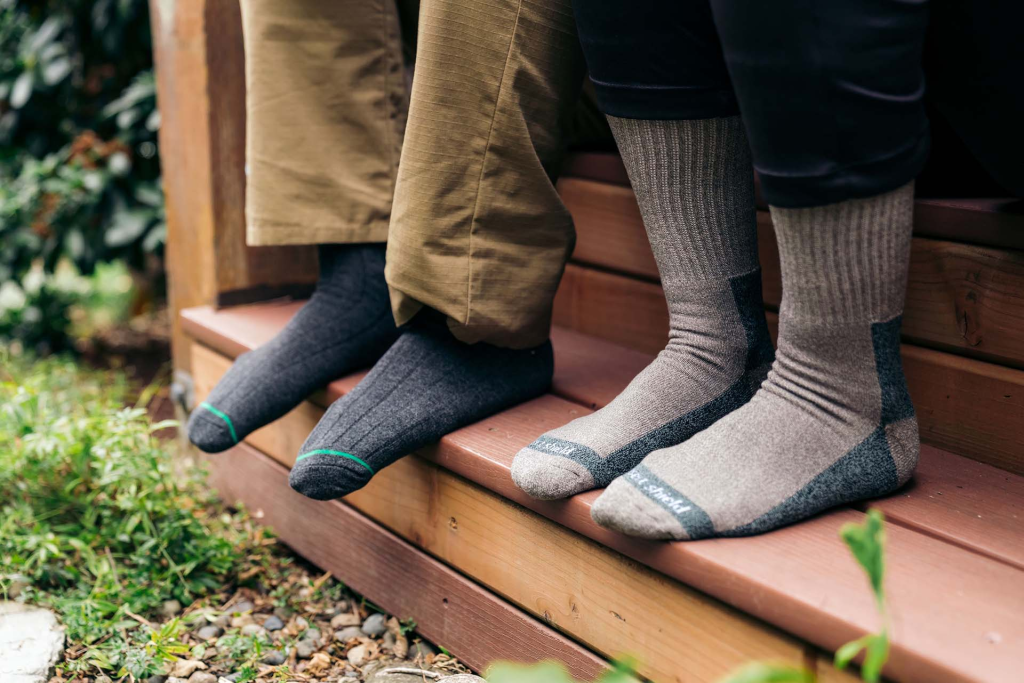
4. No Cure, No Problem? Prevention Is Everything
Here’s the not-so-good news: There isn’t so much as a cure for chikungunya. Comfort can be found in symptom management read rest, fluids, and over-the-counter pain meds such as acetaminophen. But prevention is where your greatest influence lies. Aedes mosquitoes bite during the day, so be prepared with EPA-registered insect repellents (like picaridin or oil of lemon eucalyptus), wear long sleeves and pants, and install screens or nets on windows and doors. Dress infants and young children in cover-ups and cover up strollers with mosquito netting. And don’t forget: Get rid of standing water in containers on your property that’s where mosquitoes breed.

5. Local Environmental Control: Small Changes, Big Impact
Communities can help. Science tells us that eliminating or limiting important breeding places like buckets, flower pots, and storm drains can reduce the mosquito population significantly. Some, such as ornamental bromeliads or buried storm drains, are more difficult to manage but should not be left unaddressed. Small actions such as emptying water from containers, gutters being cleaned, and landscaping being trimmed can create a ripple effect across neighborhoods.
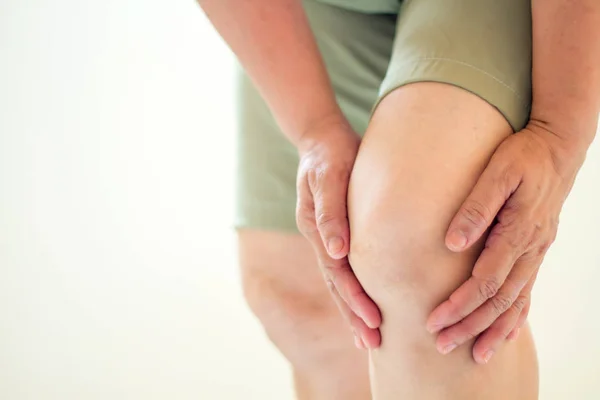
6. Managing Long-Term Symptoms of Chikungunya: Living With Chikungunya
Chikungunya is rarely fatal, but it’s notorious for producing long-term joint pain and fatigue that lasts months or even years. As many as 40% of infected patients develop chronic symptoms, such as ongoing arthritis and decreased mobility. The silver lining? Physical rehabilitation kinesiotherapy, Pilates, and resistance training has been proven to reduce pain, enhance quality of life, and restore function. “World Health Organization and rheumatology societies recommend rehabilitation interventions in all stages of chikungunya, and exercise, stretching, manual therapy and aquatic physical therapy are among them.” For patients with chronic symptoms, consulting a physical therapist may be the game changer.
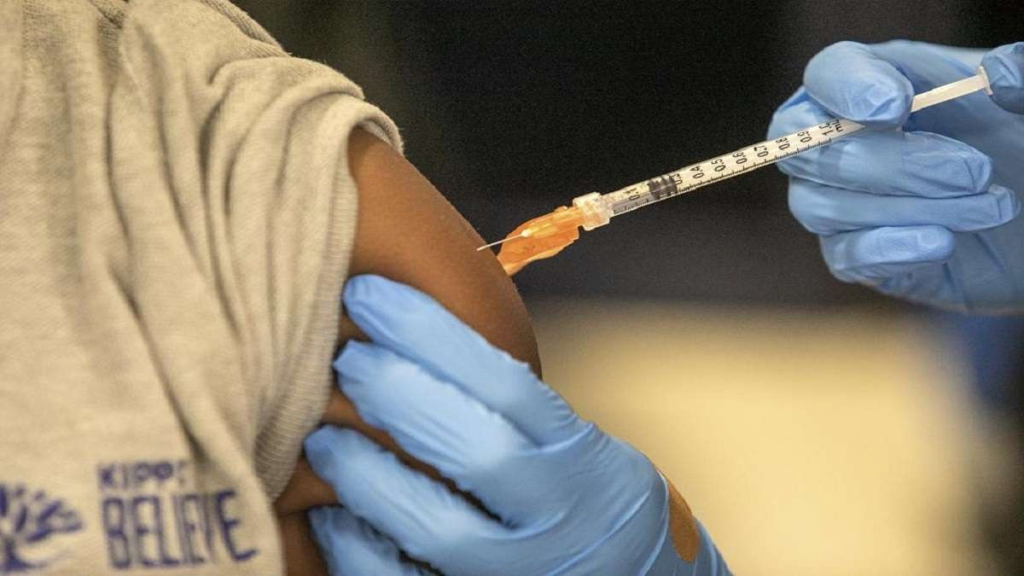
7. The Road Ahead: Vaccines and Community Engagement
Although two chikungunya vaccines have already been licensed in a few countries by the regulatory authorities, global guidelines are yet to come as the experts weigh their effectiveness. Meanwhile, the WHO is also providing lab tests, risk communication, and training in mosquito control to countries. Community awareness is still the priority informing people about what they need to eliminate and how to protect themselves is the first line of defense.
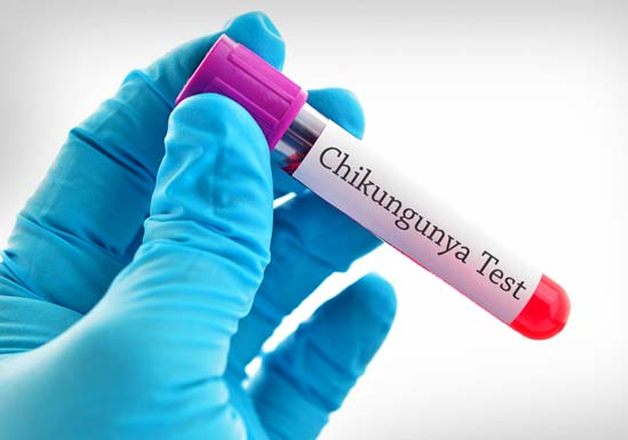
The chikungunya saga goes on, but through knowledge, smart prevention, and collective effort, it is possible to stay ahead of the next wave.


